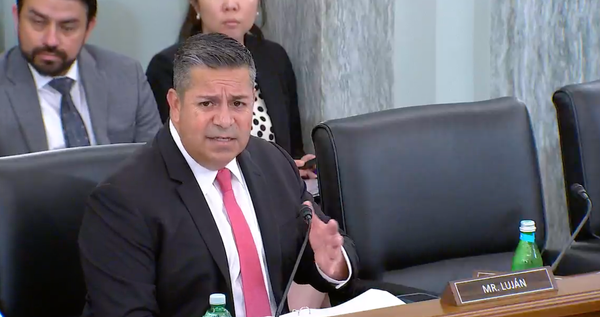BroadbandCensus.com’s Experience Using the Network Diagnostic Tool as a Beta Speed Test
Experience with NDT Featured in Presentation at Joint Techs Conference in Lincoln, Neb.
Case Study
Editor’s Note: Since the launch of our beta speed test on February 21, 2008, BroadbandCensus.com has been using the Network Diagnostic Tool (NDT) speed test developed by the educational consortium Internet2. The following is a “case study” prepared by Internet2, with the assistance of BroadbandCensus.com. It was distributed at the Joint Techs Workshops: an international conference of networking engineers, taking place in Lincoln, Neb., from July 19-24, 2008. Further information is available in the links below.
-Drew Clark, Editor, BroadbandCensus.com
BroadbandCensus.com is a new Web service that provides the public with free information on local broadband availability, competition, speeds and service. By participating in an anonymous online census questionnaire, users can greatly contribute to the knowledge and understanding about the state of the nation’s broadband competition and services – particularly as federal lawmakers consider issues in the development of a national broadband policy.
The Challenge
A crucial component of the Broadband Census service is its beta speed test. It allows consumers all across the country to test their residential high-speed Internet connections to determine whether broadband providers are delivering the promised services.
The Solution
In order to provide this service, BroadbandCensus.com has deployed the NDT (Network Diagnostic Tool), an open-source network performance testing system designed to identify computer configuration and network infrastructure problems that can degrade broadband performance. NDT is under active development by the Internet2 community.
When BroadbandCensus.com began developing its Web service in the fall of 2007, various alternative speed tests were explored. The company selected the NDT for two principal reasons. First, NDT is a well-designed, easy to use, open-source solution that is made freely available by Internet2, an organization with goals and purposes broadly congruent with those of BroadbandCensus.com – namely, the advancement of knowledge about the Internet. In addition, NDT has been successfully used by other broadband mapping endeavors, including the eCorridors Program at Virginia Tech, an Internet2 member, which is working to collect data of residential and small business broadband trends throughout the Commonwealth of Virginia.
The implementation process for the beta speed test began in early 2008, after BroadbandCensus.com launched the first version of its site in January. Through close collaboration with both Internet2 staff and Virginia Tech colleagues, deployment of the NDT speed test was seamless and enabled the release of a beta version of the speed test weeks earlier than anticipated.
The Results
Today, BroadbandCensus.com utilizes four available NDT servers: Argonne National Laboratory, the University of California at Santa Cruz, Stanford University, and Virginia Tech. BroadbandCensus.com routes the Internet user to the closest NDT server based upon the stated ZIP code of the user. The company is looking to expand the reach to eight servers in the coming months.
Additionally, Broadbandcensus.com aims to implement an automatic “failover” feature that checks whether a particular NDT server is busy with another test. In doing so, the service could automatically switch the user to the next-closest server rather than requiring them to resubmit the test. Both of these features – additional servers, and the “failover” capability – will provide the necessary scalability as traffic grows on the site, putting more demand for more speed tests.
So far, BroadbandCensus.com has assembled thousands of speed tests, census entries and comments from everyday Internet uses. All of these are freely accessible at BroadbandCensus.com under its Creative Commons Attribution-Noncommercial License. The company is now working to compile its first comprehensive assessment of the speed test data obtained through the NDT tests as part of its contract, with the Pew Internet & American Life Project, to track actual and promised broadband speeds across the country.
“We are gratified that the availability of NDT has allowed us to make a robust speed test available on short notice and with a limited budget. “By shedding light on Internet speeds, we believe the service will play an important role in helping U.S. Internet users and policy makers understand the shortcomings of existing broadband services that can provide a more solid basis for making better decisions about future broadband services and policies.”
Documents and Web Sites Referenced in this Case Study:
- Joint Techs Workshops: an international conference of networking engineers web site
- Running NDT Speed Tests with BroadbandCensus.com, a session at Joint Techs led by Drew Clark, Executive Director, BroadbandCensus.com, July 21, 2008
- Information Kit of Internet2, web site of case studies and other informational documents
- “NDT Case Study: BroadbandCensus.com’s Experience Using the Network Diagnostic Tool as a Beta Speed Test,” PDF (reverse side includes a technical summary of the NDT)










